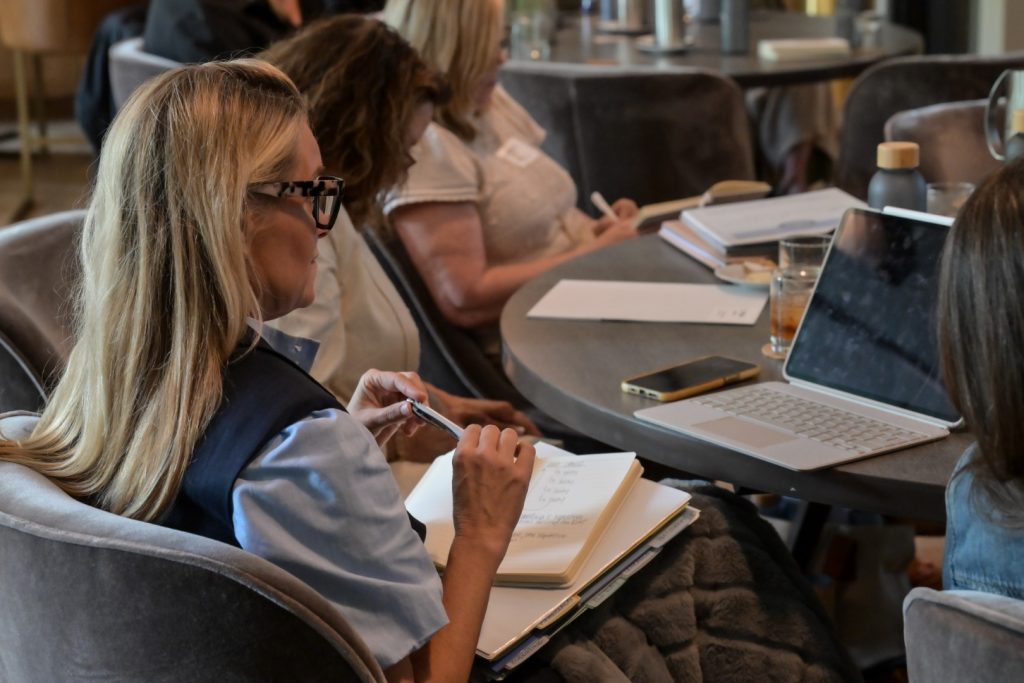As an interior designer, your expertise lies in crafting beautiful and functional spaces, but managing the financial side of your business can be daunting. However, mastering business financial management is crucial for the success and sustainability of your design firm. Proper budgeting, managing cash flow, and ensuring profitability are not just numbers on a spreadsheet—they are the lifeblood of your business.
In this guide, we’ll walk you through the basics of business financial management, focusing on three essential components: budgeting, cash flow, and profitability. With the right financial practices in place, you can confidently scale your interior design business while staying profitable.
Budgeting: The Backbone of Financial Planning
Creating and adhering to a budget is one of the most fundamental aspects of business financial management. A well-thought-out budget serves as your financial roadmap, helping you allocate resources efficiently and make informed decisions throughout the year.
Here’s how to get started with budgeting for your interior design business:
- Identify Your Fixed and Variable Costs
Fixed costs, such as rent, insurance, and salaries, remain relatively consistent each month. Variable costs, like materials, subcontractor fees, and travel expenses, fluctuate based on the scope of individual projects. By distinguishing between the two, you can better forecast your monthly and yearly expenses. - Estimate Revenue
Project your expected income based on your past performance and upcoming contracts. Consider factors like the seasonality of your business, average project value, and potential for acquiring new clients. While estimating revenue, be conservative to avoid overestimating your income. - Allocate Funds Wisely
Once you’ve mapped out your expected expenses and income, ensure you allocate funds toward essential areas, including marketing, software, employee salaries, and operational expenses. Leave room for unexpected costs, such as client delays or design changes that can increase project costs. - Monitor and Adjust
Budgets should be dynamic, not static. Regularly track your actual expenses against your budget to identify any discrepancies and adjust accordingly. If you find yourself consistently exceeding your budget, it may be time to reevaluate where you can cut back or streamline operations.
Cash Flow Management: Keep the Cash Flowing
Cash flow refers to the movement of money in and out of your business. Positive cash flow means more money is coming in than going out, while negative cash flow indicates that your expenses exceed your income. Managing your cash flow is essential to maintaining smooth operations, paying your team on time, and covering unexpected expenses.
Here are some tips to improve cash flow management for your interior design business:
- Invoice Promptly and Enforce Payment Terms
Timely invoicing is crucial for maintaining cash flow. After project milestones or deliveries, send out invoices right away and clearly outline your payment terms. Consider offering early payment discounts to incentivize timely payments from clients. - Manage Project Deposits
Collecting a deposit or retainer before starting a project is standard practice in interior design. This upfront payment helps cover initial costs and ensures that you maintain a positive cash flow throughout the project. Consider breaking up larger projects into phases with corresponding payments to mitigate financial risk. - Track and Forecast Cash Flow
Use accounting software to track your cash flow regularly. By monitoring your inflows and outflows, you can identify patterns, anticipate potential shortfalls, and adjust spending when necessary. Forecasting your cash flow helps you plan for periods when client payments may be delayed or slow. - Establish a Cash Reserve
Setting aside a cash reserve can be a lifesaver for your business. Aim to save at least three to six months of operating expenses to cover lean periods or unexpected emergencies. Having a safety net ensures that your business can continue operating smoothly, even during tough times.
Profitability: Maximizing Earnings from Your Design Projects
Profitability is the ultimate goal of any business. For interior designers, profitability means that the revenue generated from design projects exceeds the cost of running the business. However, achieving and maintaining profitability requires more than just delivering great work; it demands careful attention to pricing, cost control, and operational efficiency.
Here are some ways to boost profitability in your design business:
- Review and Adjust Pricing Regularly
Periodically evaluate your pricing strategy to ensure it aligns with your costs and market value. As material costs, labor fees, and industry trends change, so should your pricing. Don’t undersell your services—ensure that your prices reflect the quality and value you bring to each project. - Track Project Profitability
Each project should contribute to your overall profitability. Track the costs associated with each project, including time spent, materials, and outsourced services. If certain projects consistently generate lower profit margins, assess whether changes in pricing or project management are necessary. - Reduce Overhead Costs
Find ways to streamline your operations and reduce unnecessary expenses. Automating tasks such as invoicing, client communication, and project management can save time and reduce labor costs. Additionally, consider outsourcing non-essential functions, such as bookkeeping or marketing, to specialized freelancers, allowing you to focus on design work. - Negotiate with Vendors
Build strong relationships with vendors and suppliers to negotiate better pricing on materials and services. Bulk purchases, repeat orders, or long-term partnerships can result in discounts that boost your profitability.
Mastering Business Financial Management
By mastering the principles of business financial management—budgeting, cash flow, and profitability—you can better navigate the complexities of running an interior design firm. A strong financial foundation allows you to take on more projects, grow your client base, and ultimately scale your business.
Take the time to assess your current financial practices, identify areas for improvement, and implement a robust financial management strategy. In doing so, you’ll position your interior design business for long-term success and profitability.
